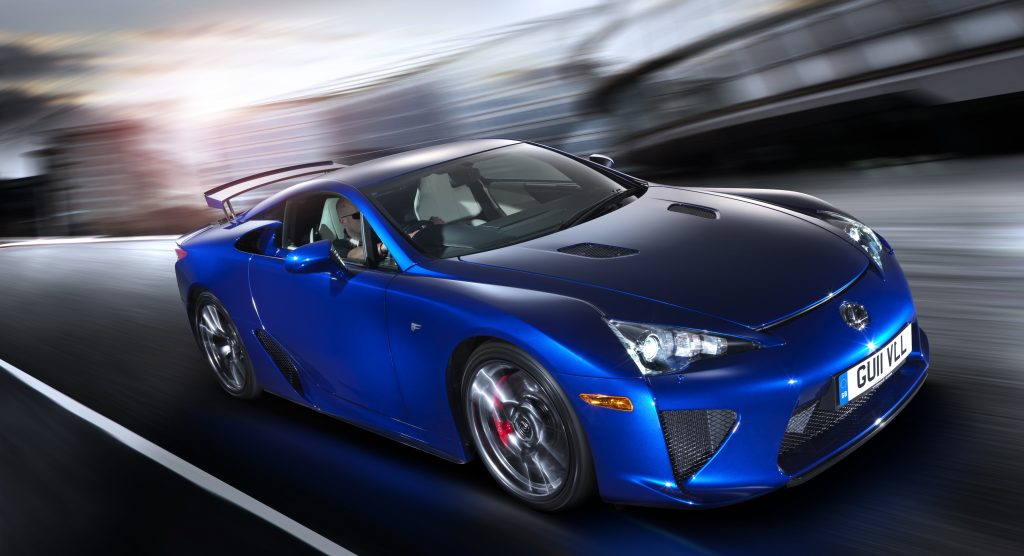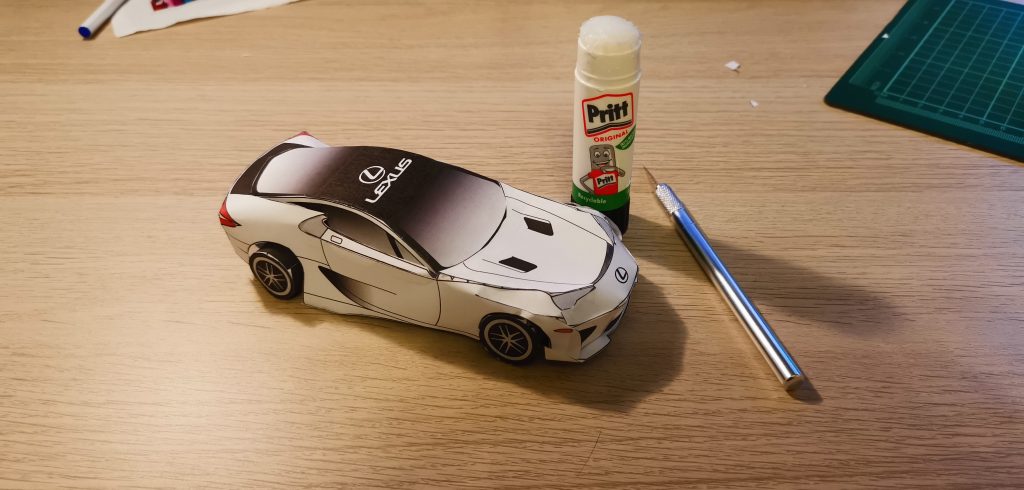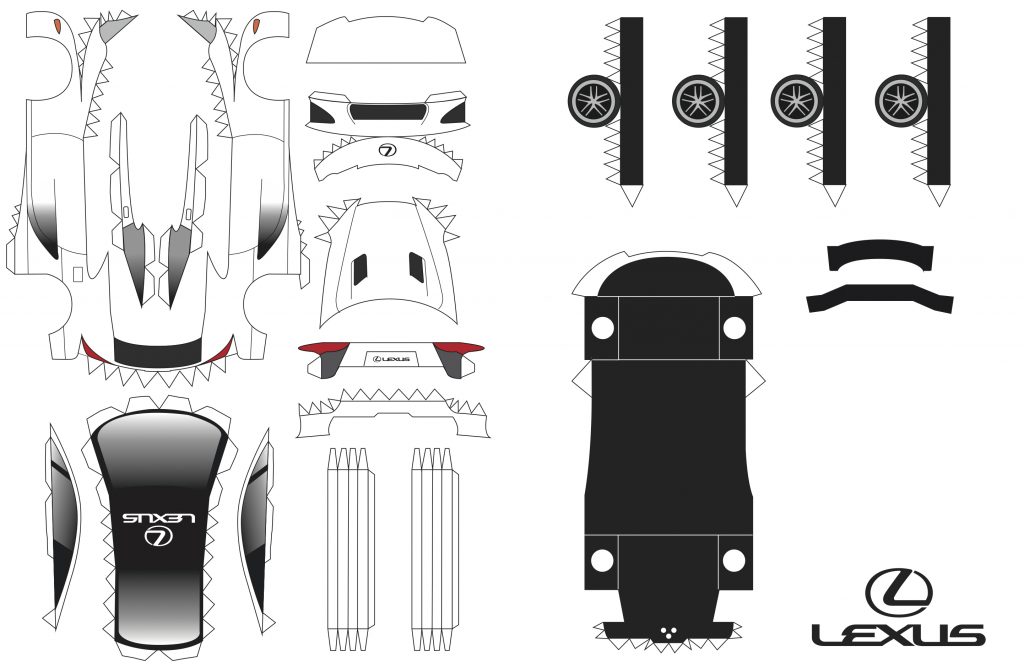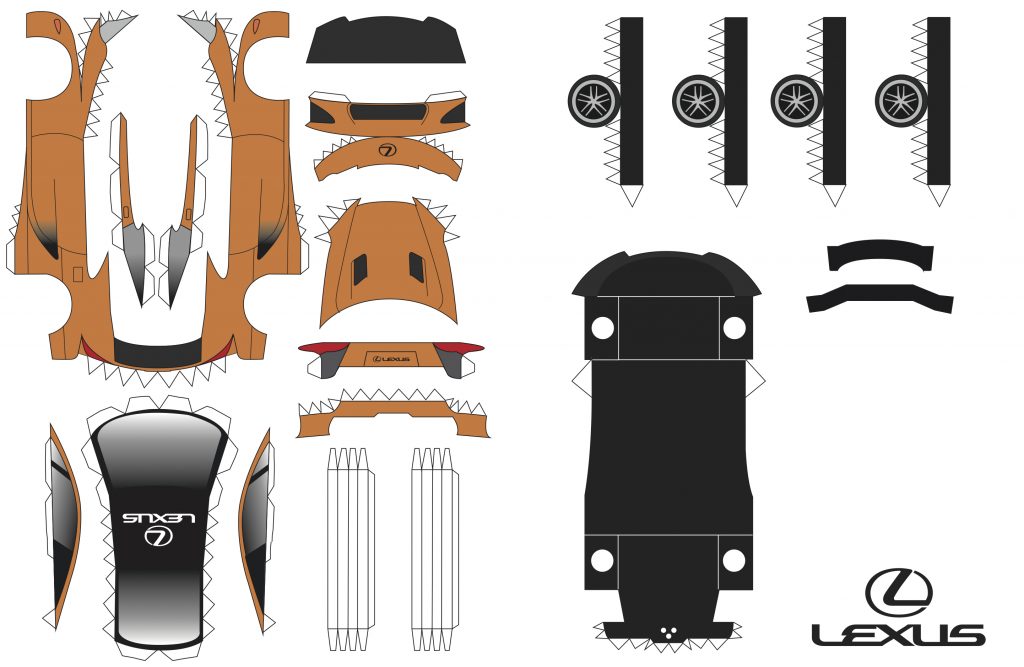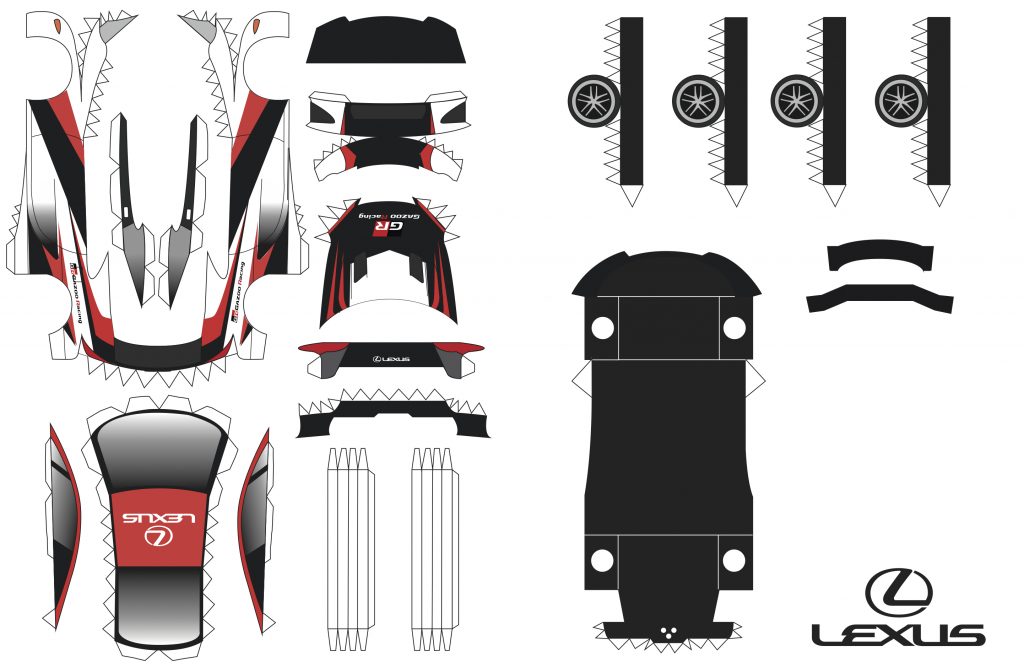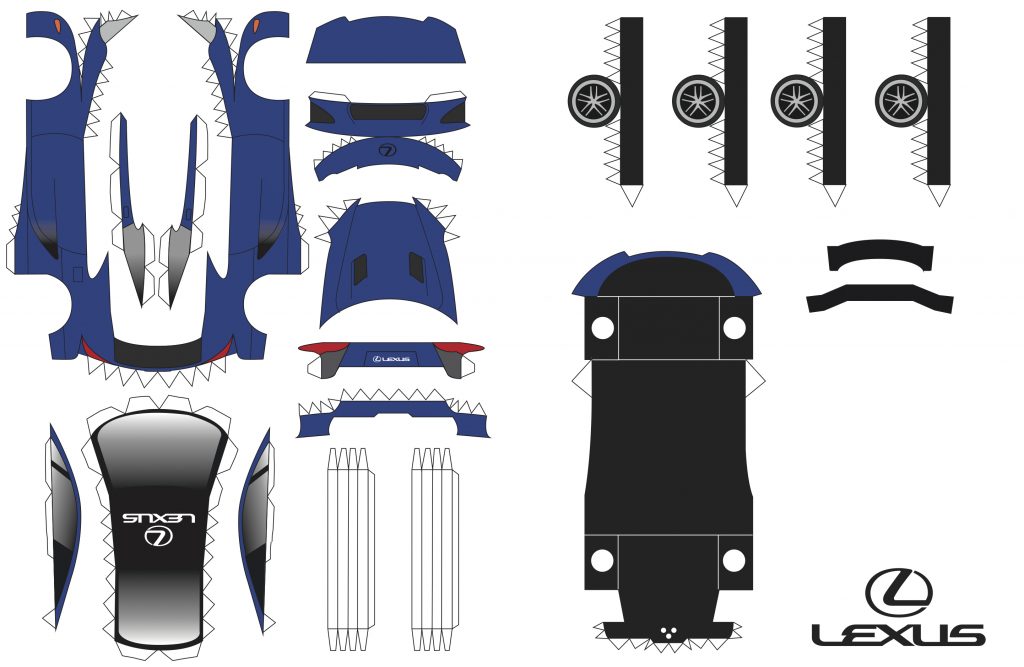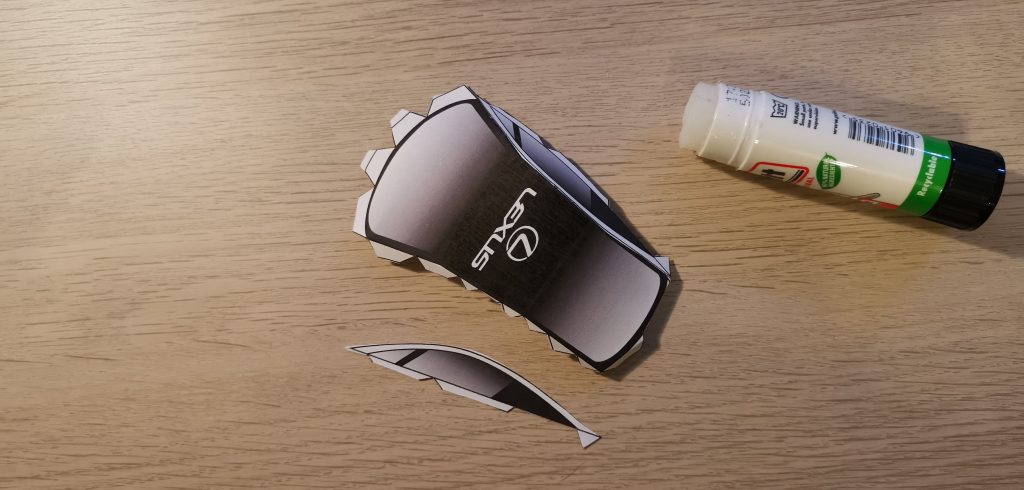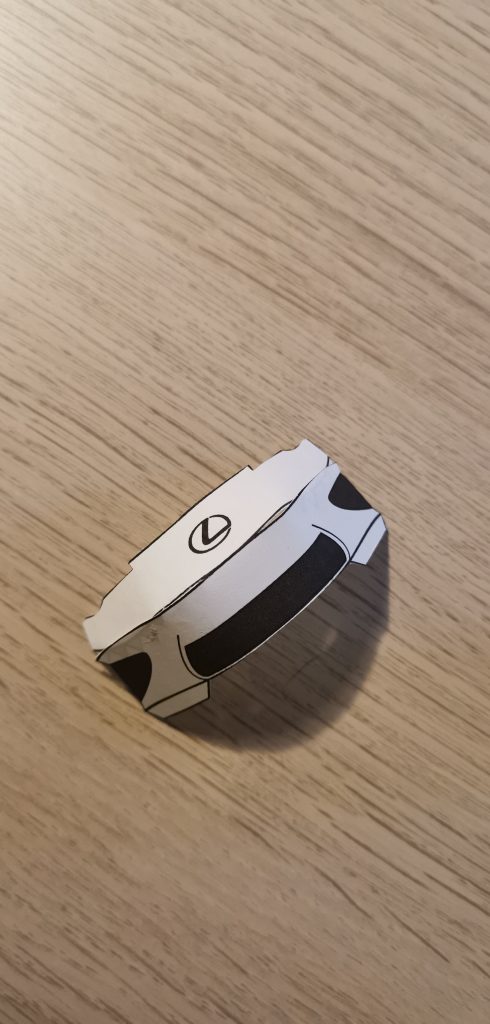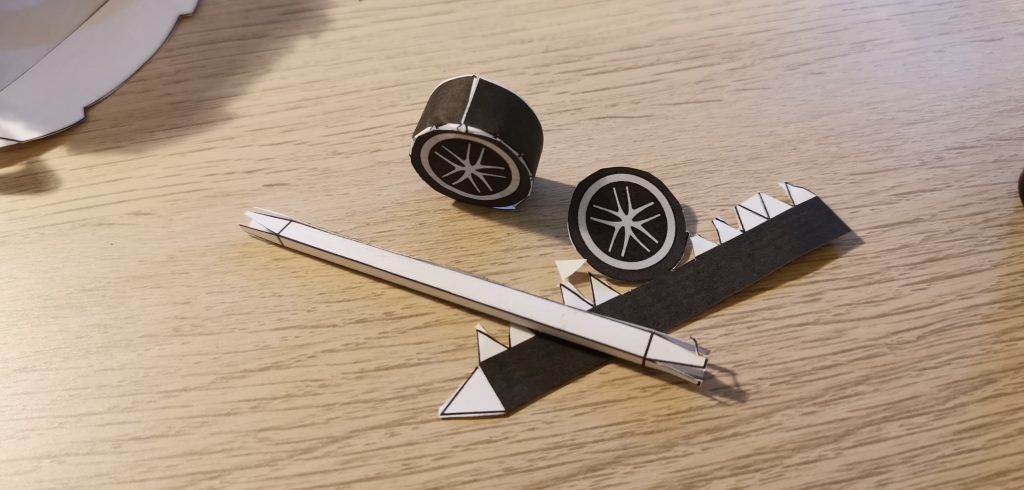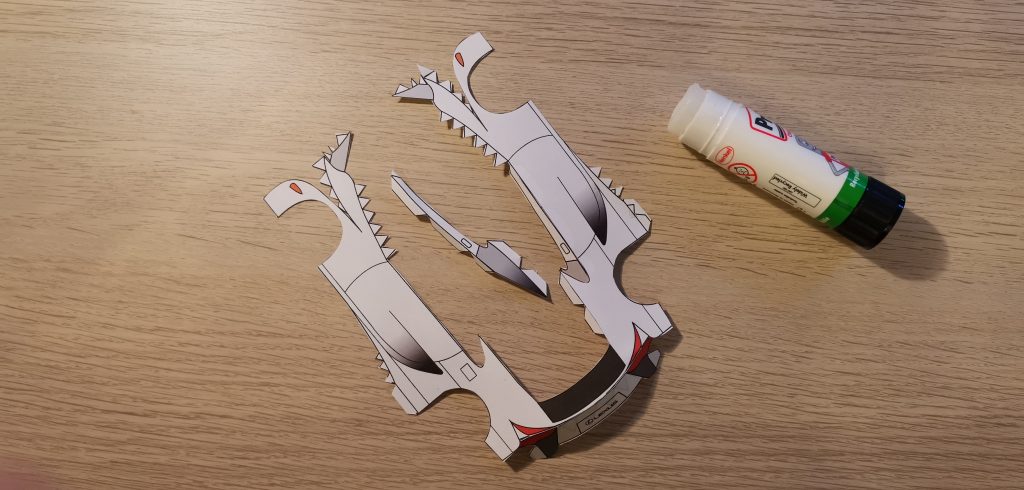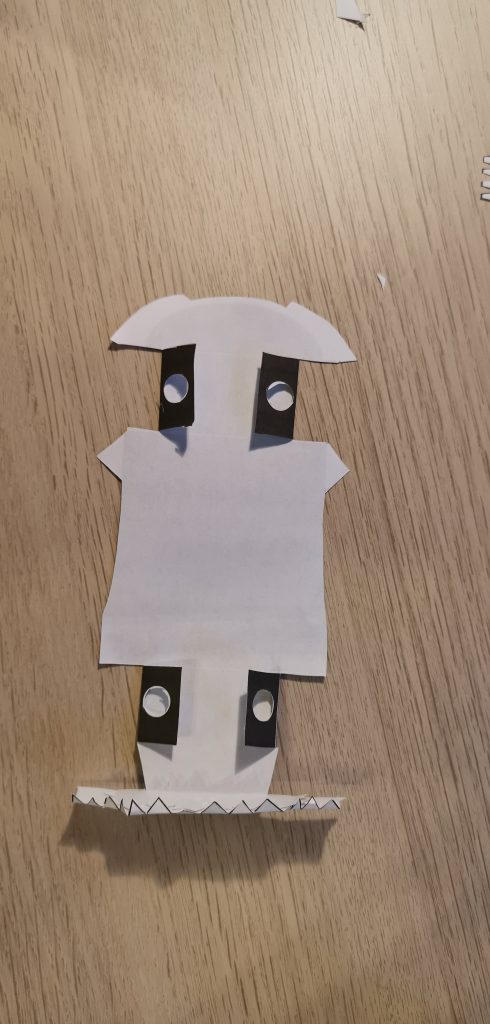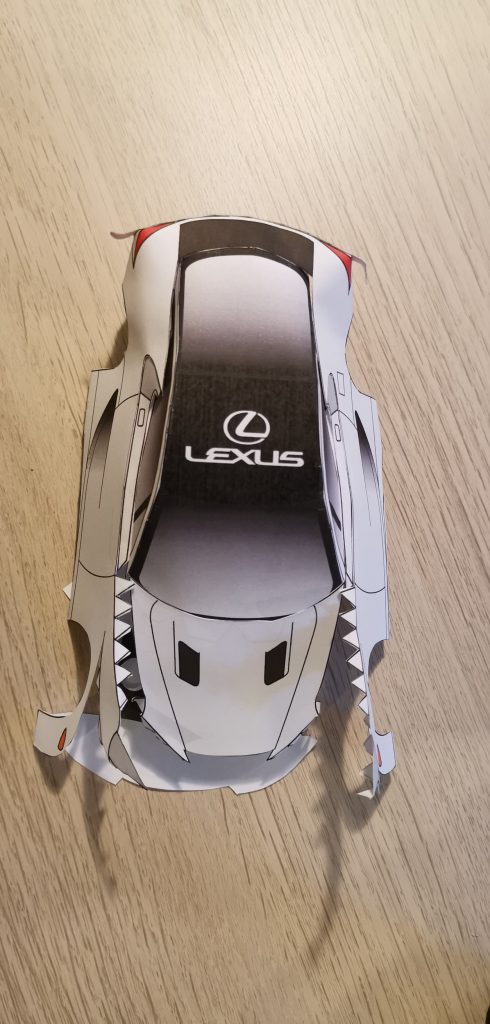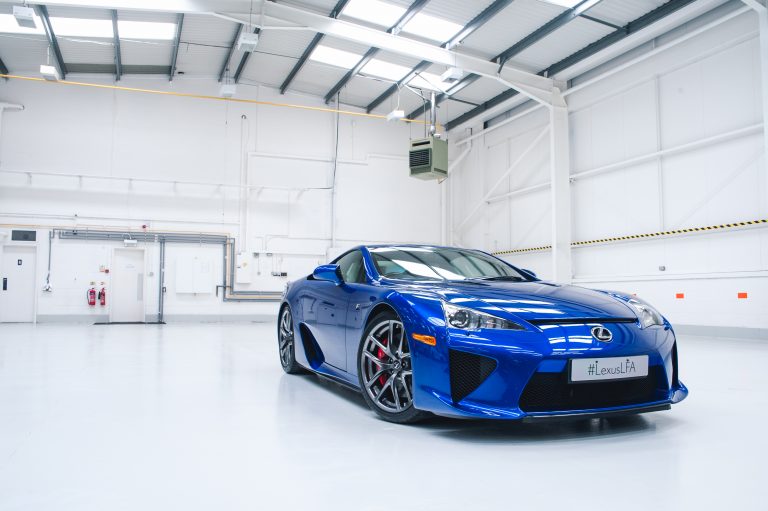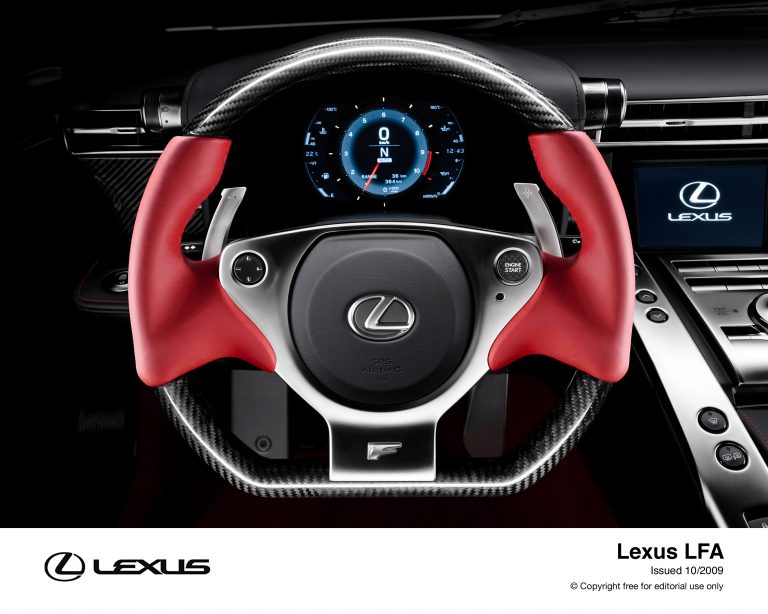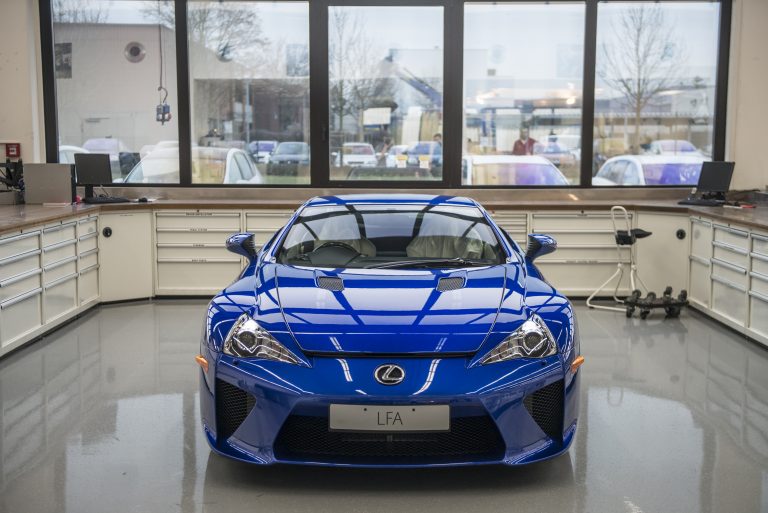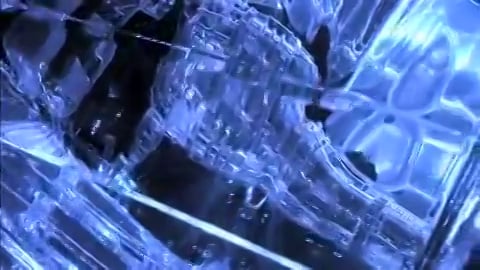Celebrate the Lexus LFA’s 10th Anniversary by Making a Paper Model of the Supercar
When launched in 2010, the LFA was the flagship for the ‘F’ portfolio of Lexus performance models. Hand-built and ultra-exclusive, it created new boundaries, not only for Lexus as a manufacturer but in redefining the Japanese supercar for the 21st Century.
December 2020 marks the 10th anniversary of the start of production of the LFA. With only 500 examples ever built and prices for pre-owned cars currently standing at around £500,000, the V10-powered Lexus LFA is a supercar rarity that is beyond most people’s reach. But to celebrate this milestone, Lexus is giving everybody the chance to build their own LFA, albeit a scale paper model of the real thing.
Lexus has strong links with paper craft and uses the art of origami to identify potential takumi master craftspeople for its factories. Candidates are challenged to fold an origami cat in less than 90 seconds using their non-dominant hand. You’ll need two hands to make the LFA paper model, as well as access to a colour printer, some paper glue or double-sided tape and a pair of scissors. Top tip: when folding paper, fold it against a ruler to create a perfectly straight edge.
Lexus estimates that it will take between one and two hours to complete the model – an ideal holiday activity for older children, teenagers and adults.
How to build the Lexus LFA paper model
Step one: download a high-resolution PDF template of the LFA model. There are four designs to choose from, each highlighting a different element of the LFA’s history. If you have the option, print the document A3 rather than A4 size, as this will make the construction easier and will give you a bigger model at the end.
Step two: cut out the templates, being careful not to leave off the tabs. For each of the following steps, you will need to fold and glue each of tabs to the relevant panel.
Step three: start gluing the individual parts together. Take the roof panels and attach the two windows.
Step four: build the front of the LFA using the two pieces provided. The third piece will be needed later.
Step five: create the four wheels and axles. Roll the black tyres into wheel shapes, folding in the tabs, and then attaching the wheel hub. Create the axles by carefully folding the paper along the lines.
Step six: next, attach the rear to the sides of the car.
Step seven: fold down the rear.
Step eight: affix the top of the doors to the sides of the car. You can see in the picture that one of the doors has already been attached on the right-hand side.
Step nine: prepare the underneath of the model. Cut the holes in the black tabs – this will allow the axles to run through the model. Then turn the model upside down. Fold the rear of the car and the holes upwards.
Step 10: attach the sides of the car using the tabs on the rear and centre of the underbody section.
Step 11: attach the bonnet to the roof section. Then, working from rear to front, attach the roof to the tabs on the side of the car.
Step 12: at this point the LFA should start to take shape. Take one end of the axle and attach the wheel, push it through the holes in the model and attach the other wheel when done. Repeat this for the second axle and wheels.
Step 13: add the additional front piece (referenced in step four) to the bottom. Then attach the front of the car. If building the Nürburgring Edition or racing version, add the spoiler to the rear of the car.
After these steps, you should have a three-dimensional shape that resembles a Lexus LFA.
Lexus is inviting people to share their finished models on its social media channels:
Twitter: @LexusUK
Facebook: @LexusUK
Instagram: @LexusUK
ENDS

